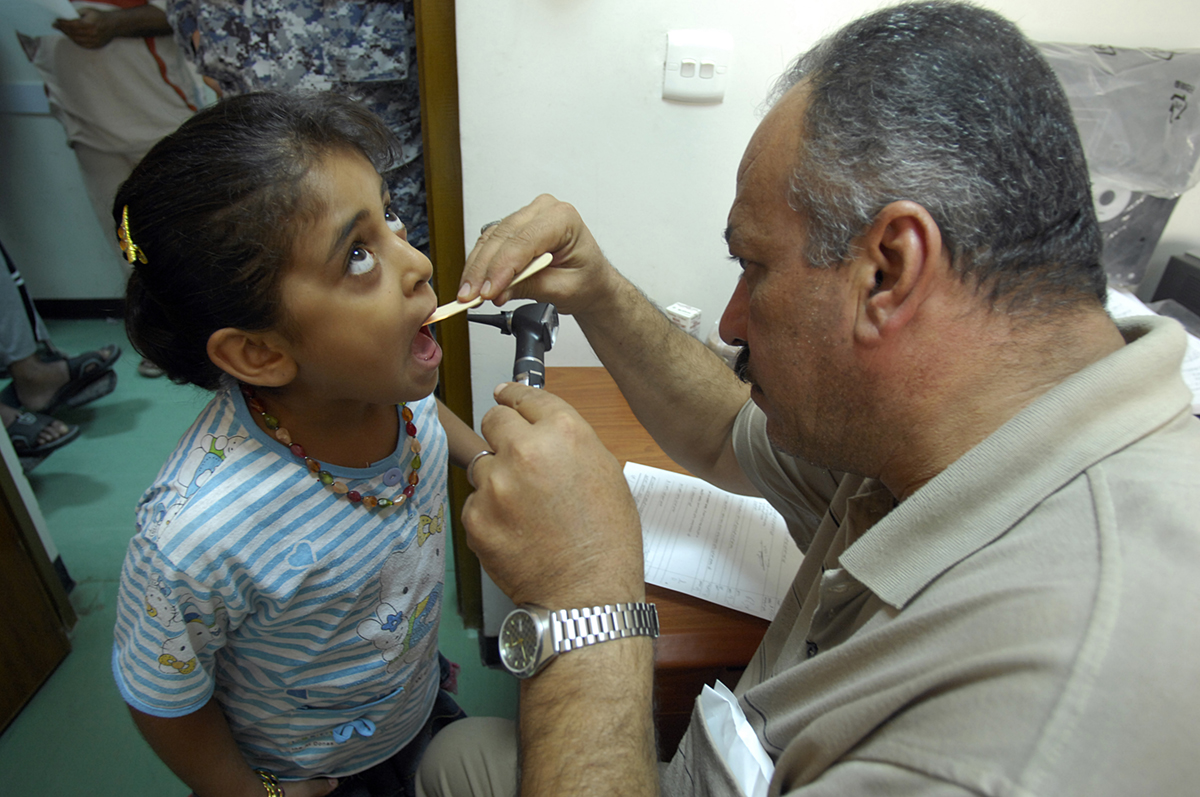
Different types of sore throat
There are different types of sore throat which simply affect different anatomical sites. Pharyngitis affects the pharynx which is located behind the mouth and soft palate and air, food and liquids commonly pass through it to be safely delivered to the stomach. Pharyngitis is a condition in which pharynx gets inflamed. Tonsillitis is another condition in which a certain part of the throat gets inflamed. In this case the tonsils which can be found on the base and the sides of the tongue get inflamed.
Laryngtis is the most common of all four conditions. The larynx gets inflamed and causes the voice to become hoarse. Larynx is at top of the windpipe and its primary function is to allow the air to pass in and out of the lungs. It also stops liquids and solids from entering the lungs. Another important function of larynx is the production of the sound at the vocal cords. Laryngtis in children is commonly known as croup. Epiglottitis is the rarest of all four conditions that include inflammation of the throat. It affects the epiglottis which is a structure that separates the larynx from the tongue base and it has a distinct semitubular shape.
Causes of sore throat
Sore throat is usually caused by bacteria or viruses. These organisms often cause various infections, colds and illnesses that affects the upper respiratory tract. The condition can also be caused by cigarette smoke, allergic reactions, injuries, postnasal drip and in rare case it can be an indication of cancer. Sometimes it can be triggered by some types of medical treatment such as tonsillectomy, radiation and chemotherapy.
Symptoms of sorethroat
There are numerous symptoms of sore throat but the most common ones includes headache, fever, malaise and nausea. It is not uncommon that it gets accompanied by a bacterial or viral infection. Painful swallowing is characteristic for pharyngitis exclusively. Other symptoms include inflamed lymph nodes, oropharynx redness, tonsil pus, tender neck glands, painful swallowing, vesicles in the oral cavity and difficult breathing.
When to seek medicalcare
If the symptoms become more severe one should visit a doctor. Sometimes the condition gets worse and it includes a bacterial infection, fever, abdominal pain, headache, vomiting and dehydration. If one cannot relieve the pain by using over the counter medication she or he should seek immediate medical attention. If swallowing becomes way too painful and causes drooling, one should go to the hospital immediately.






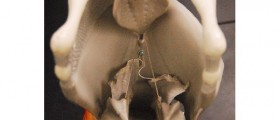





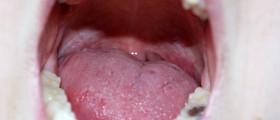

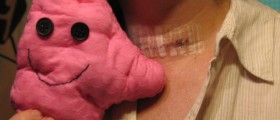

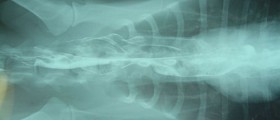
Your thoughts on this
Loading...